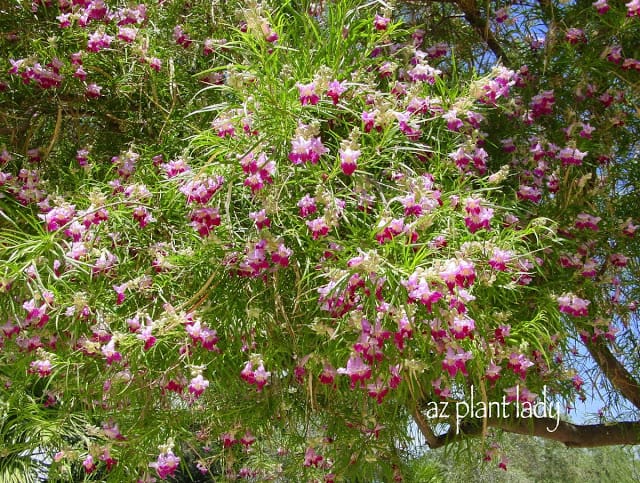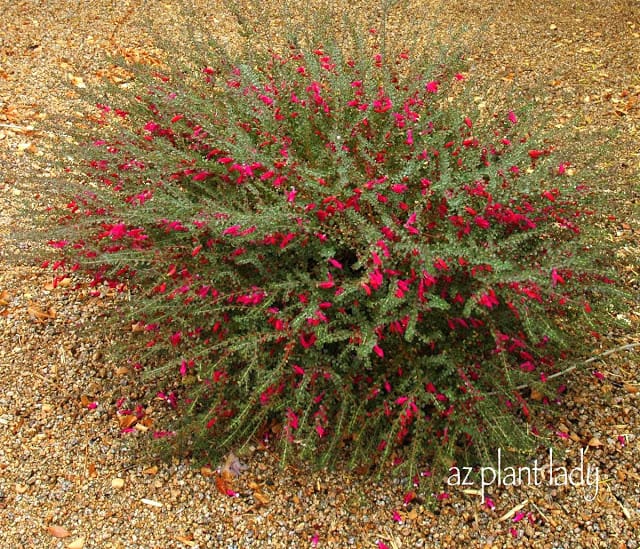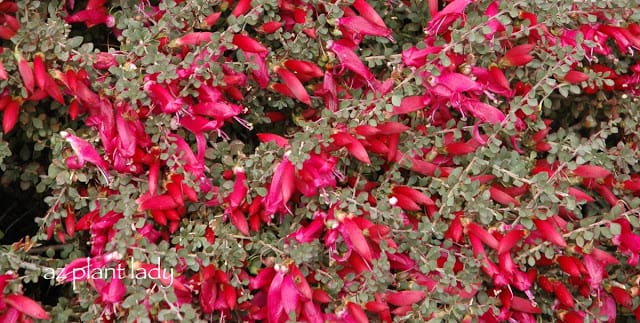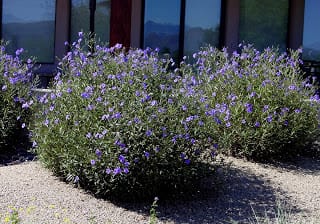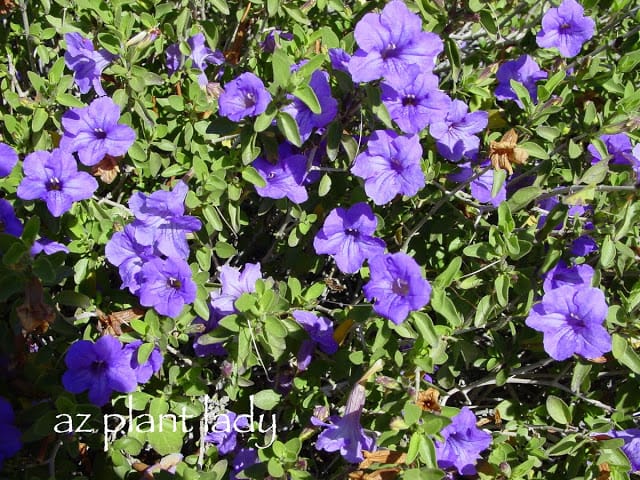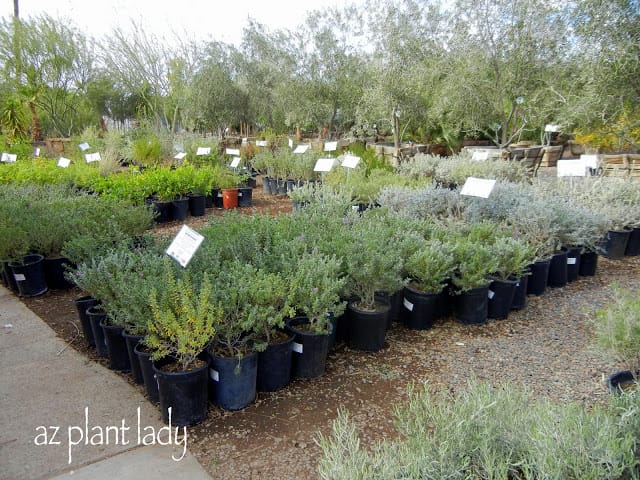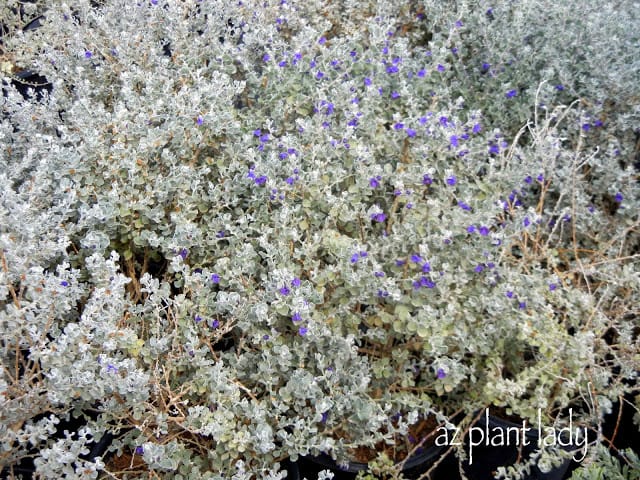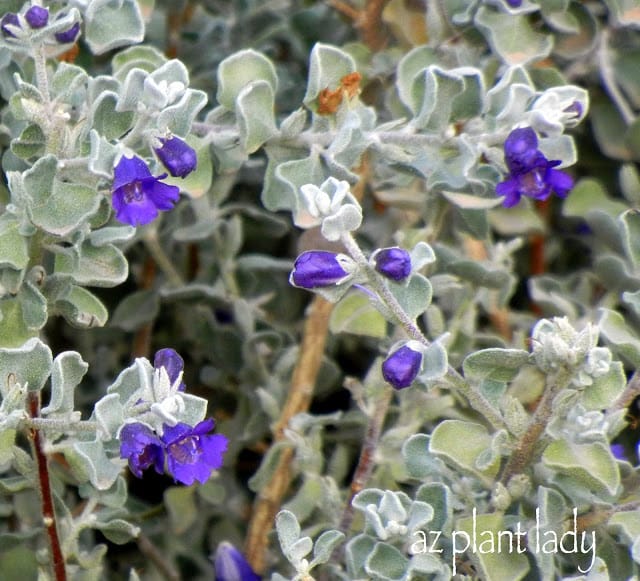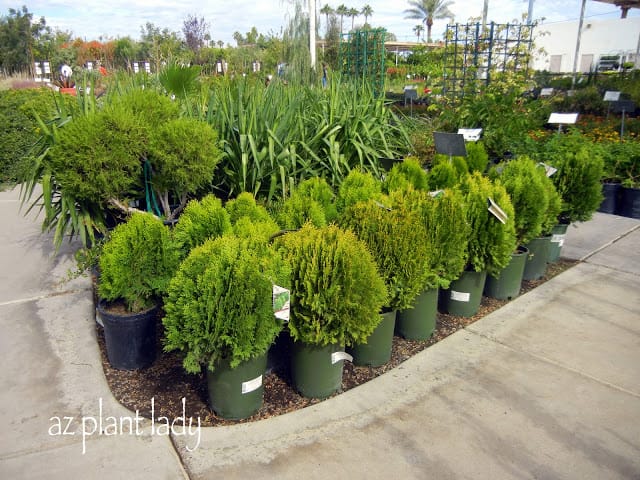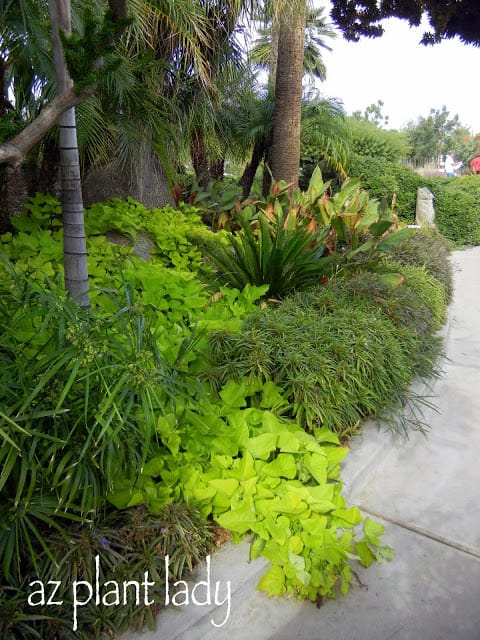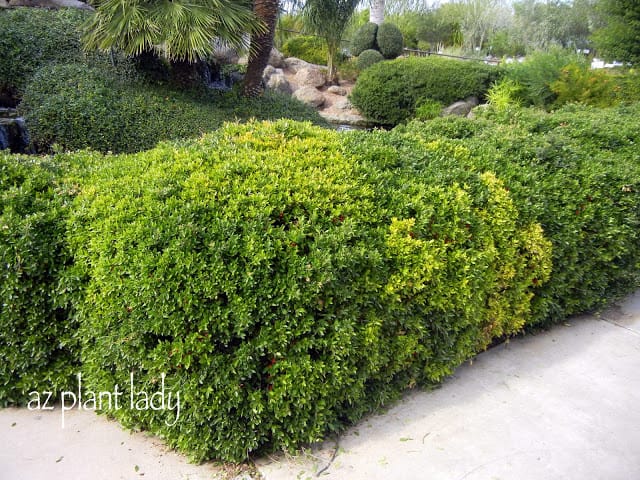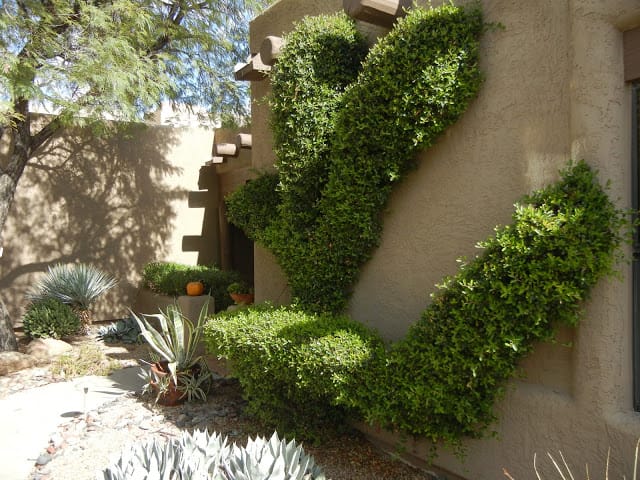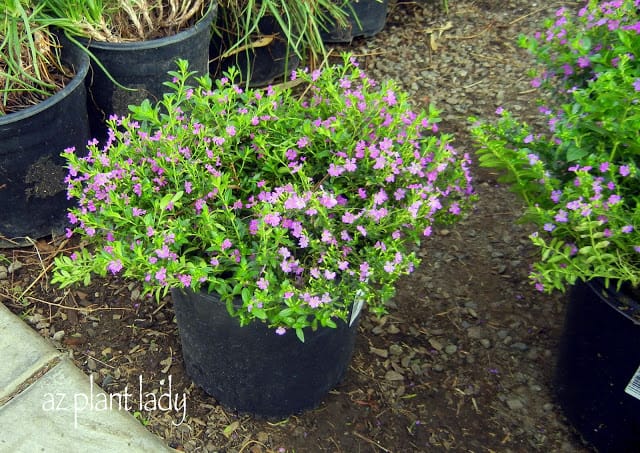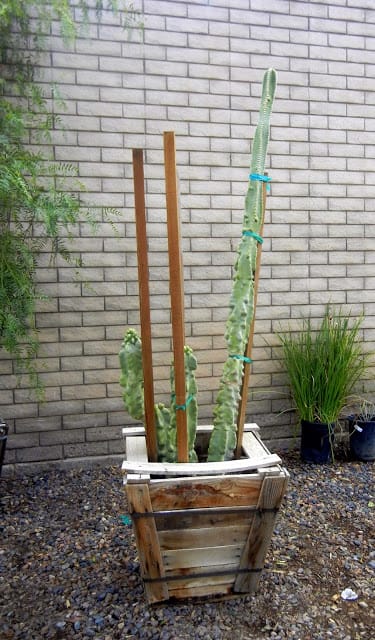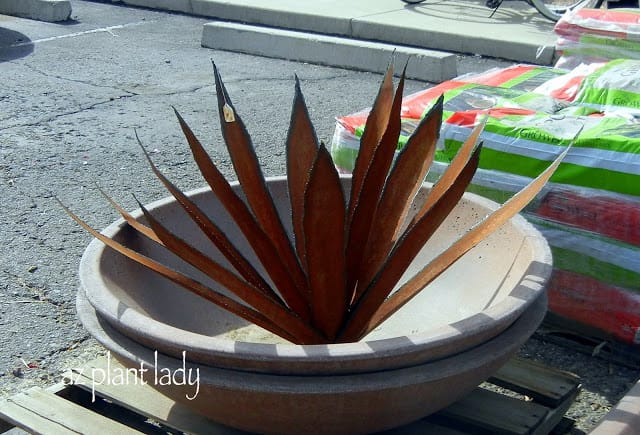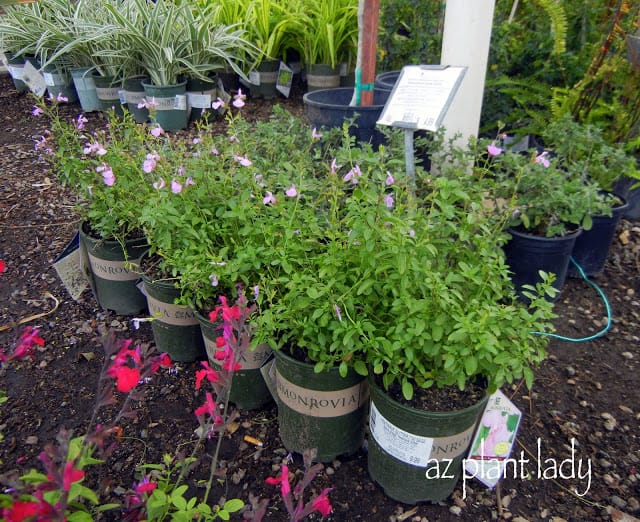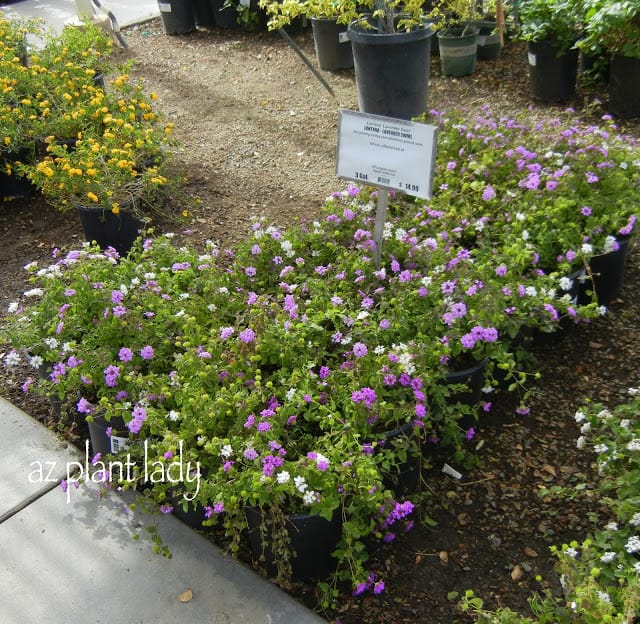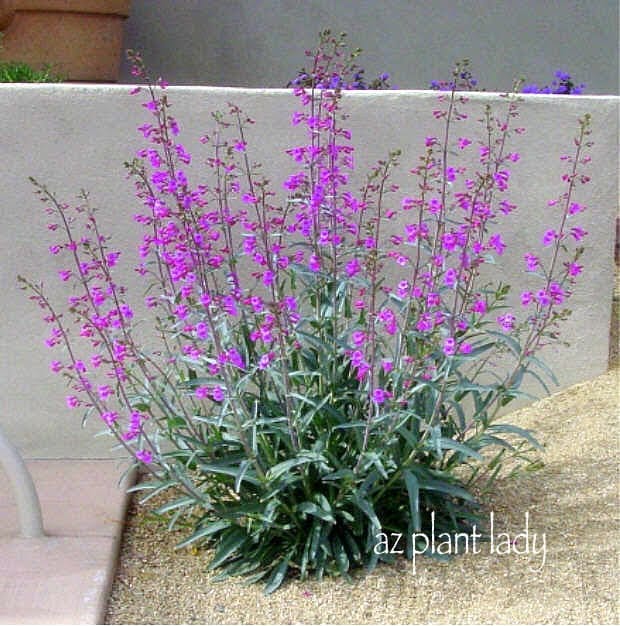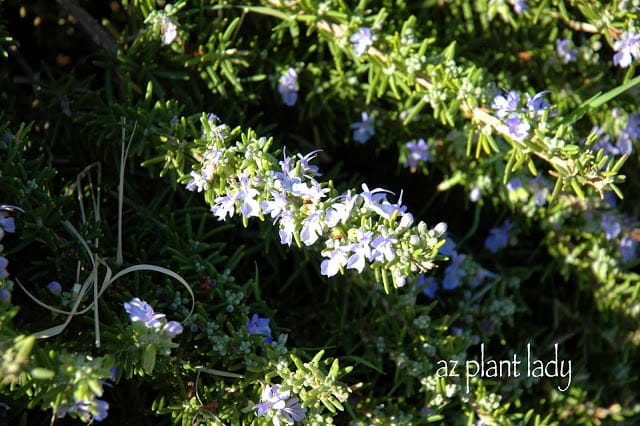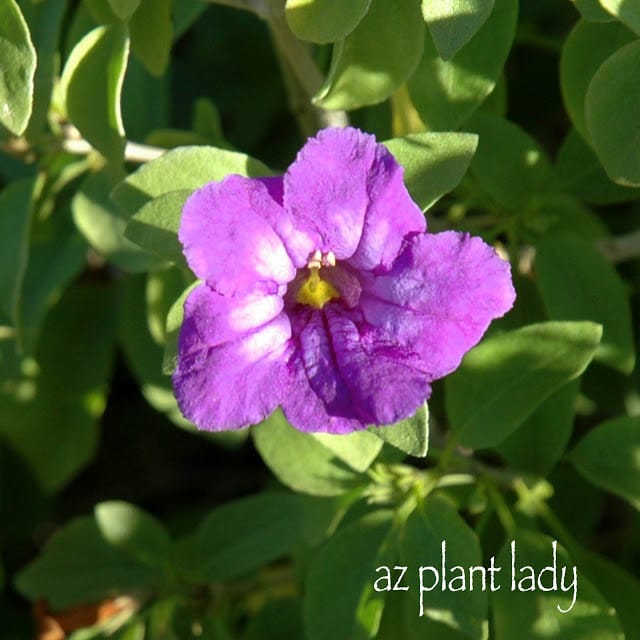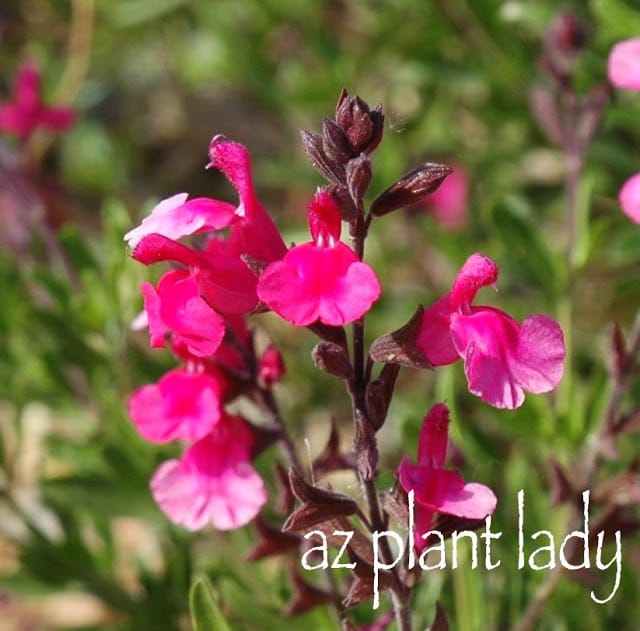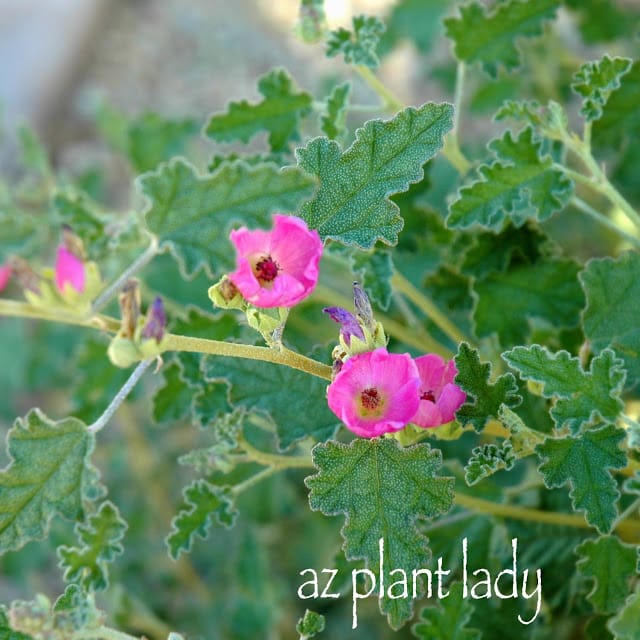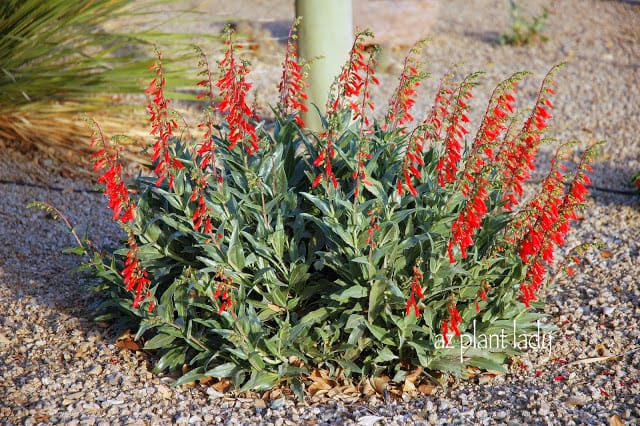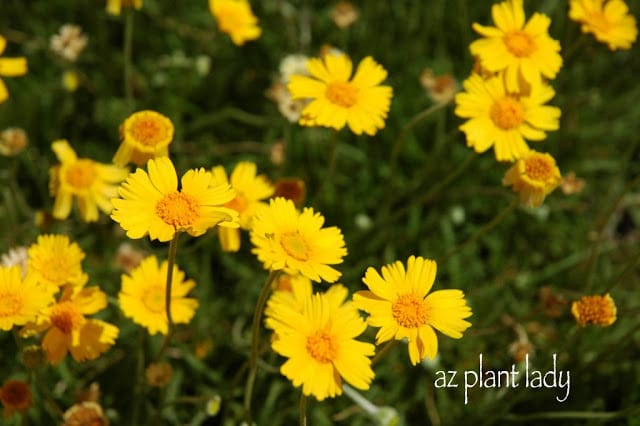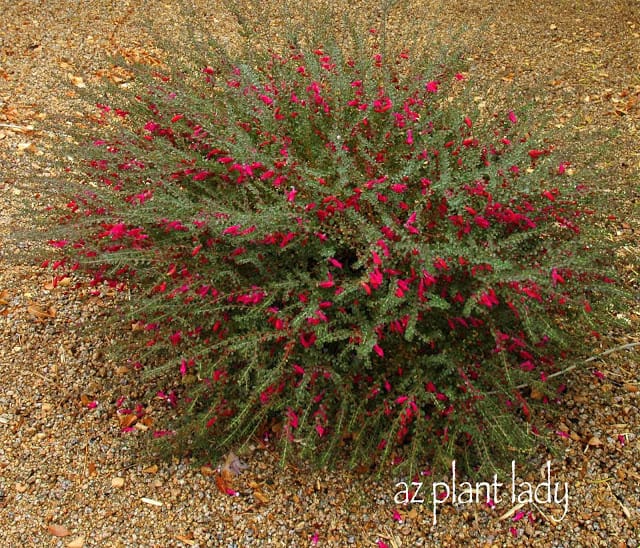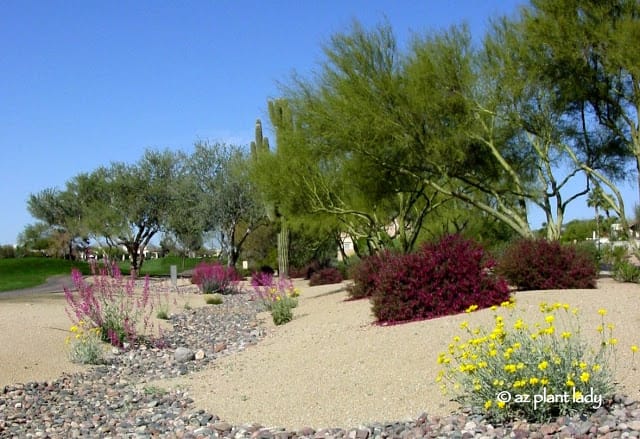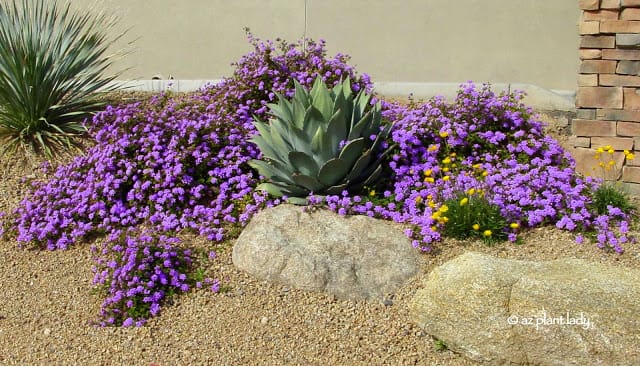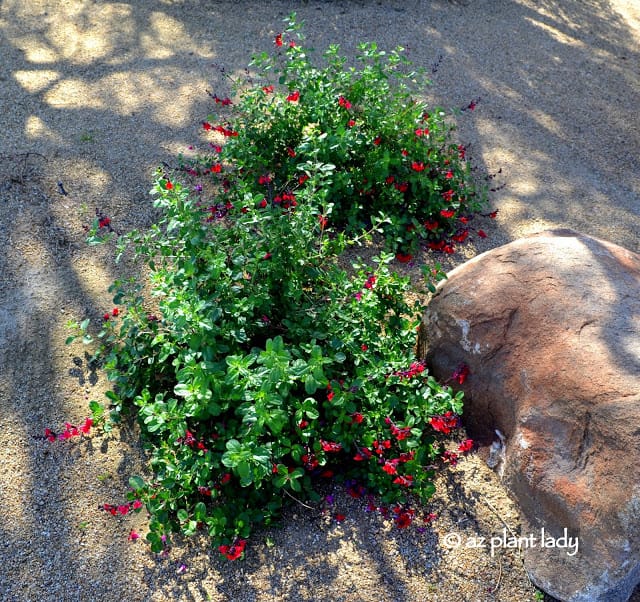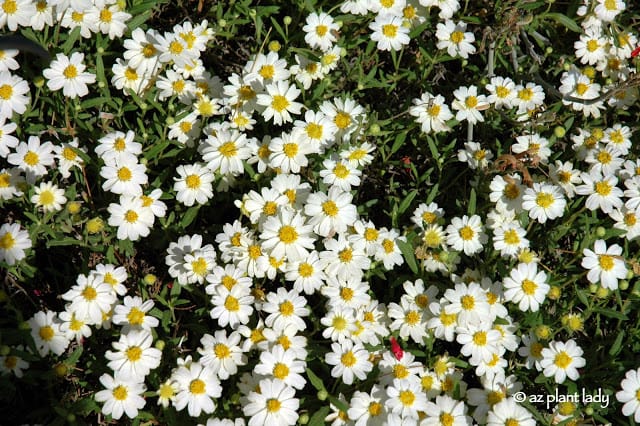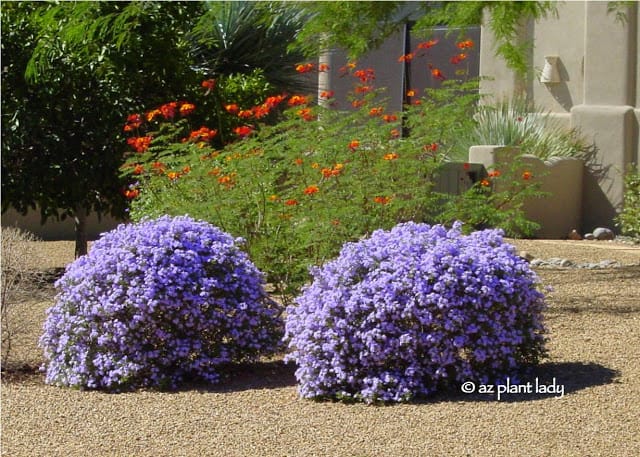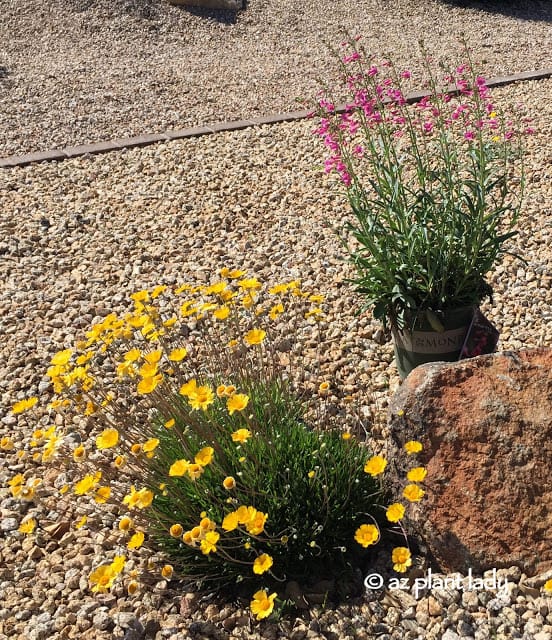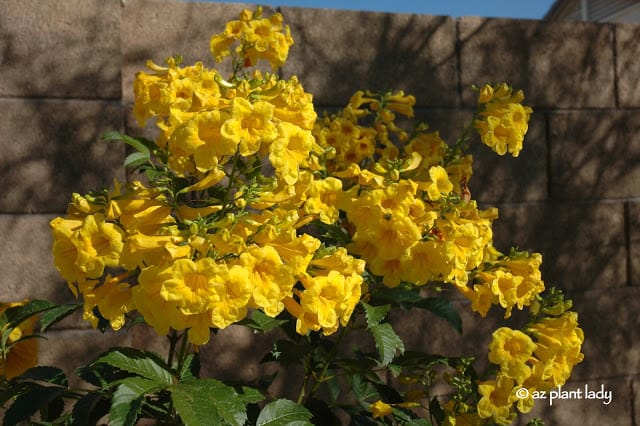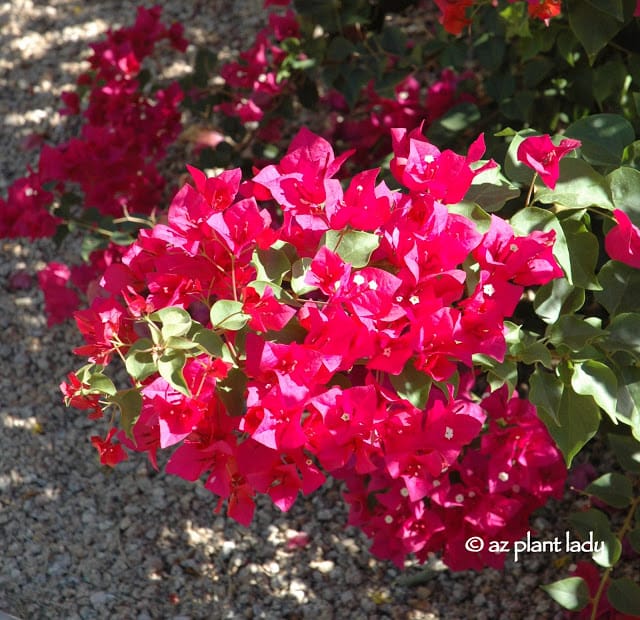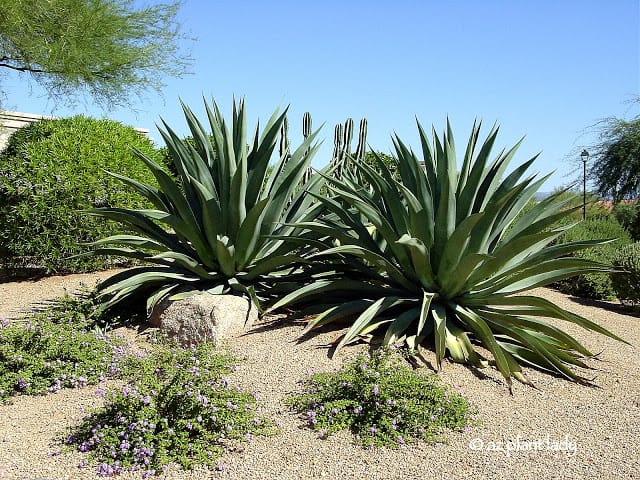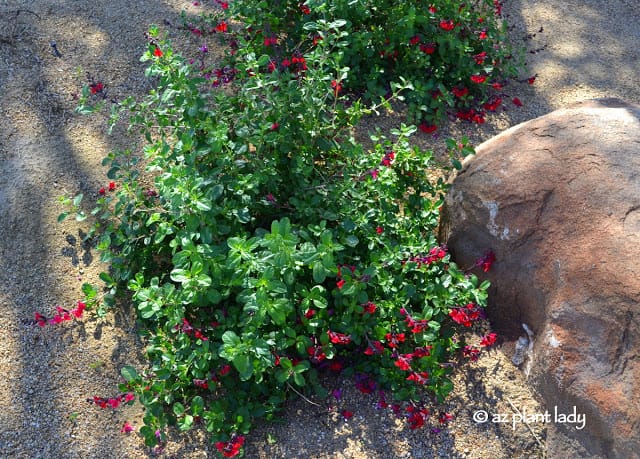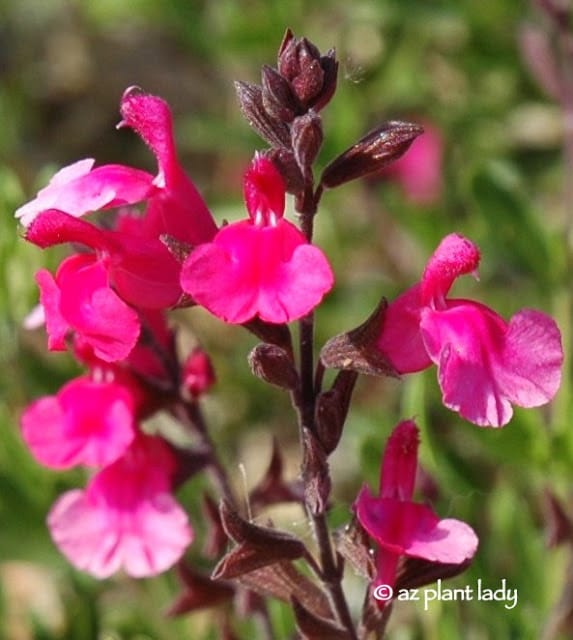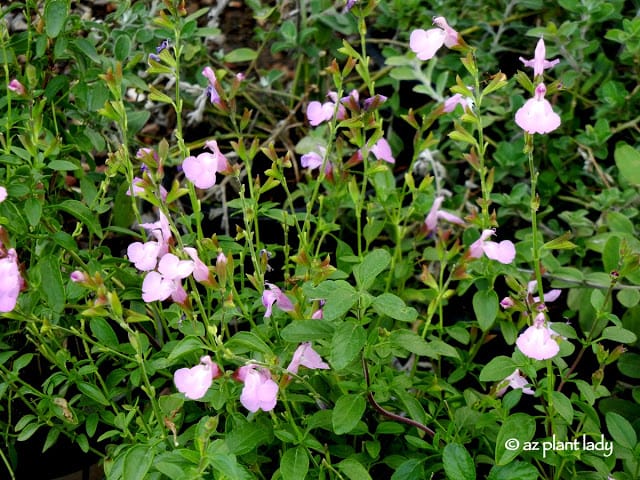It never ceases to amaze me how that despite how busy your calendar, everything grinds to a halt when you get sick. Oh, I realize that there are certain types of sickness that you can press on through like a cold or even a small fever. But, when the stomach flu hits, you are powerless to do anything.
What makes it worse is when everyone in your household gets it as well. So, we have been spending quality time together nursing our sore stomachs and anxiously awaiting the time until our appetites return.
In the meantime, the garden is undergoing some contruction.
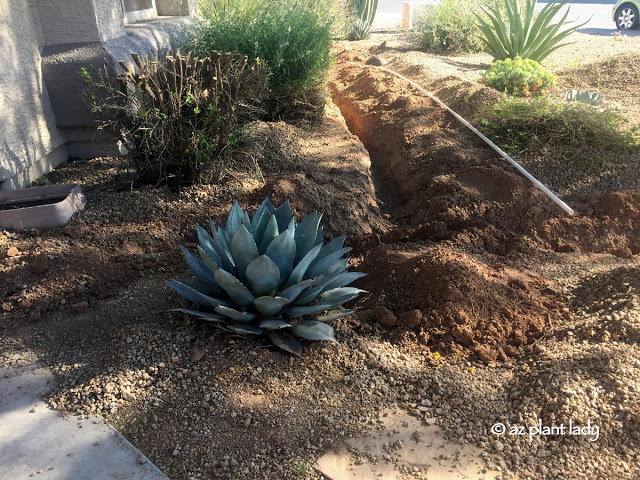
Irrigation trenches are criss-crossing our landscape as we are having new drip irrigation installed. Our current system was first installed when we built our home 18 years ago and was having problems with numerous leaks. Considering that the typical lifespan of a drip irrigation system is 10 – 15 years, we were long overdue to have ours replaced.
While it may not seem very exciting, I am looking forward to having separate drip lines for my fruit trees, shrubs/perennials and vegetable garden.
Many plants in my garden are beginning to bloom adn I thought I would give you a peek.
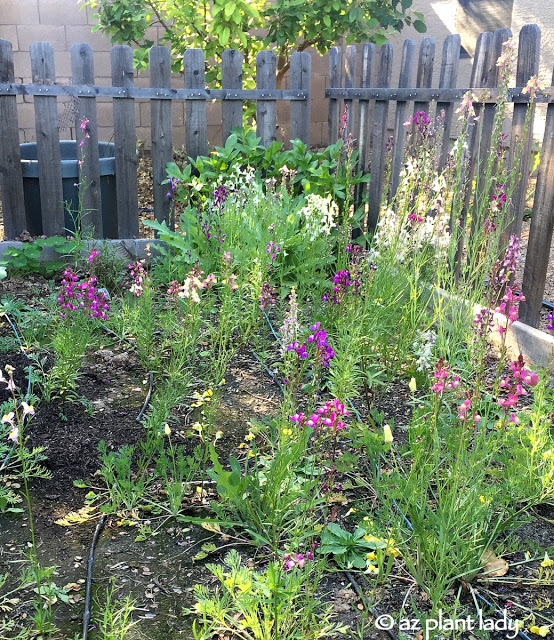
colorful spring flowers
I spread a variety of flowers seeds in my side garden and some have already begun to bloom.
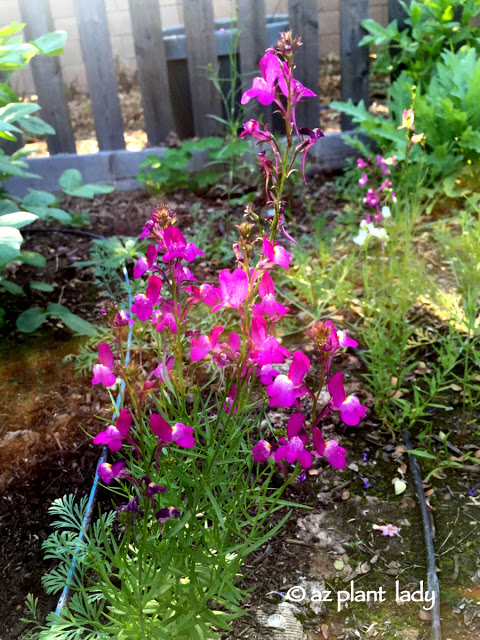
I planted toadflax seeds, which came in a variety of different colors.
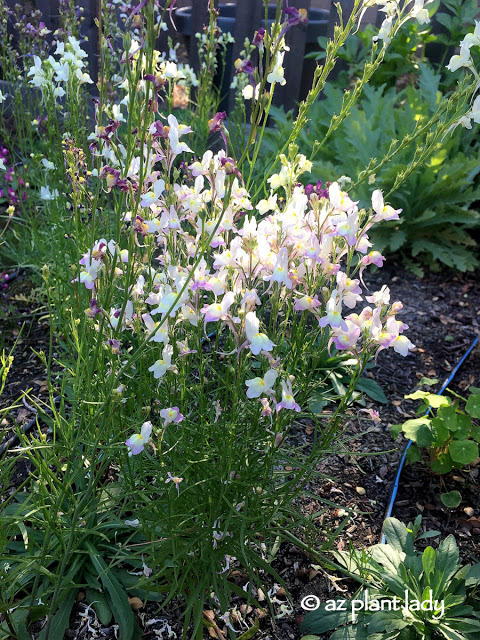
white, pink and purple, spring flowers
I have white, pink and purple varieties adding welcome color to this area of the garden.
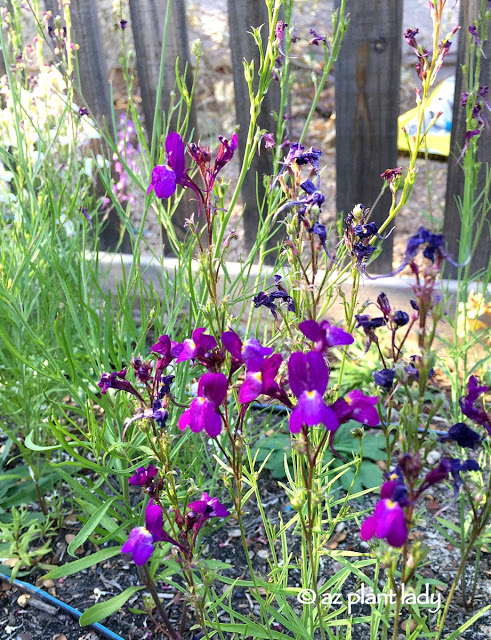
The seeds are from Botanical Interests and are called ‘Fairy Bouquet’ toadflax.
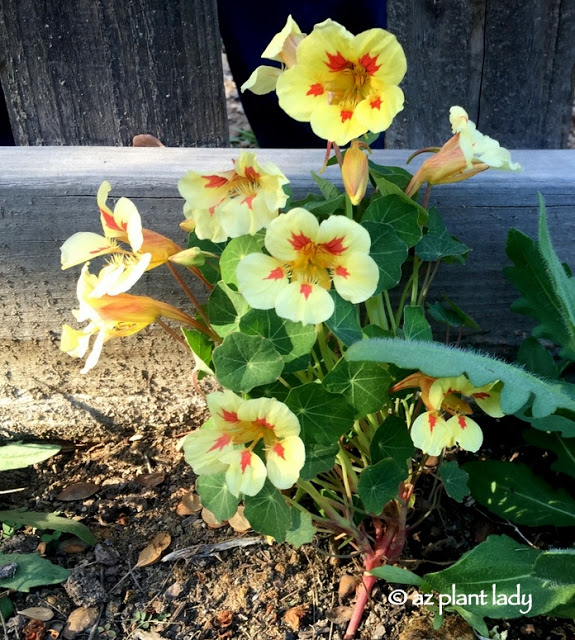
Another plant that has started blooming is from Renee’s Garden seed company and is called ‘Vanilla Berry’.
So far, these are the only two types of plants flowering in this garden, but the California poppies are getting ready to burst forth in different colors including white, purple, pink and of course, orange.
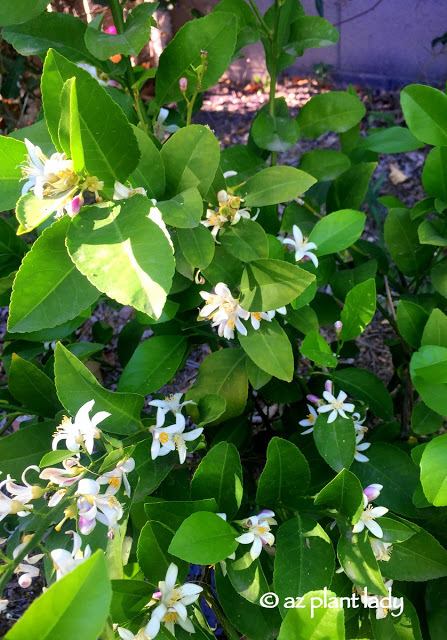
Citrus trees are also in full bloom perfuming the air with their intoxicating fragrance. I am hopeful that my young Meyer’s lemon tree will produce its first lemons.
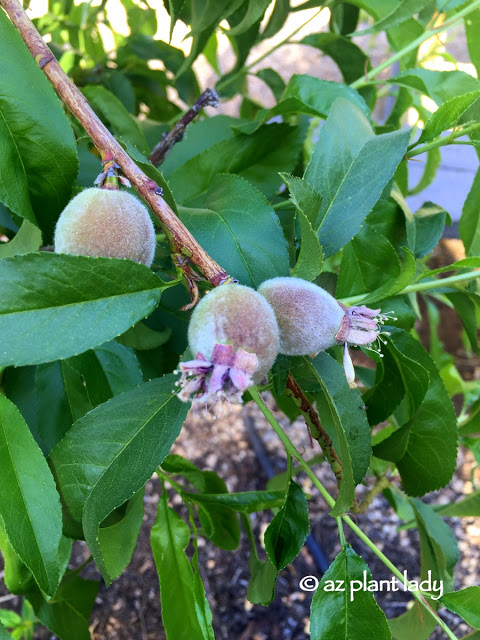
The peach trees bloomed earlier this year and are now filled with immature peach fruit – I can almost taste the peach jam that I will make from them this May.
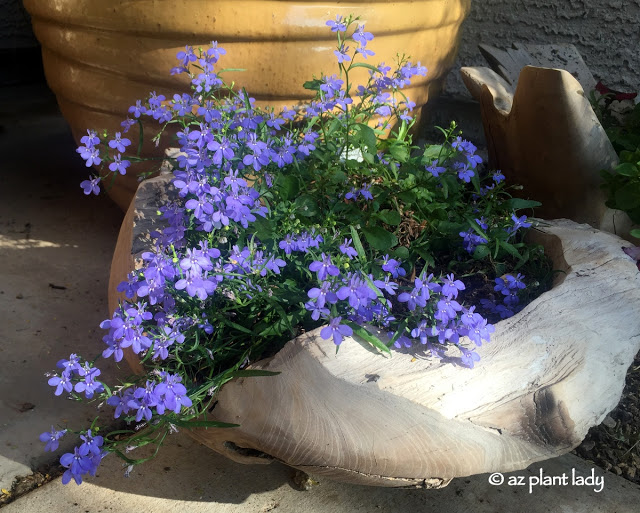
Spring Flowers, Lobelia
The cool-season annuals that I planted in the fall are still going strong. Even though they look great right now, I will replace them later this month with warm-season annuals in order to allow them time to grow a good root system before the heat of sumemr arrives.
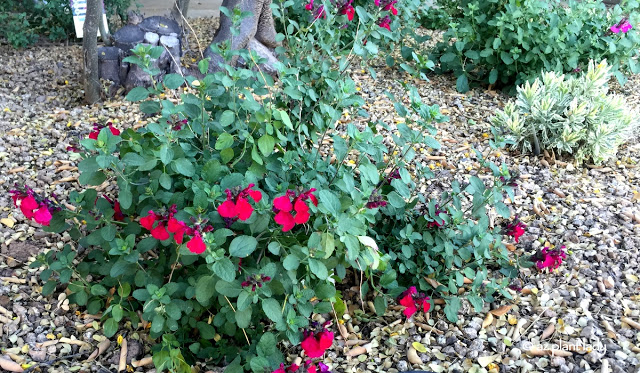
Late winter and spring is also when my autumn sage (Salvia greggii) is also in flower. I received several different varieties, straight from the grower, to try out in my garden, which were planted last fall. They are doing great in their current location where they receive morning sun and afternoon shade.
On another note, we have been anxiously awaiting the re-emergence of our desert tortoise, Aesop.
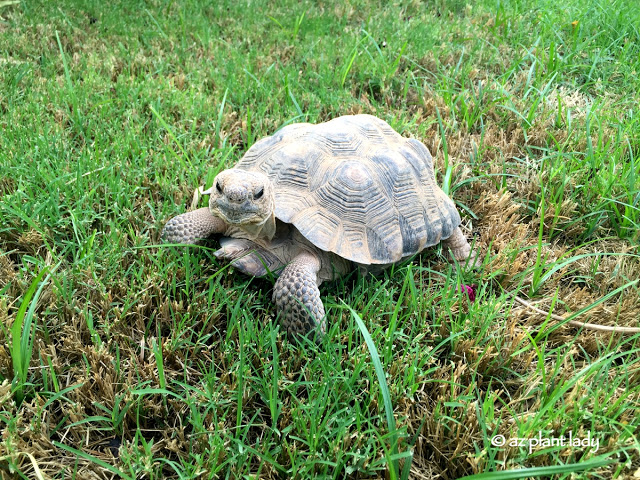
We last saw him in late October before he went into his hole to hibernate. Since then, we’ve periodically checked on him and today, we moved slightly. So, I can’t wait to see him begin to walking out in the garden.
I’ll be sure to keep you updated.
How is your garden looking? Is anything blooming yet?


